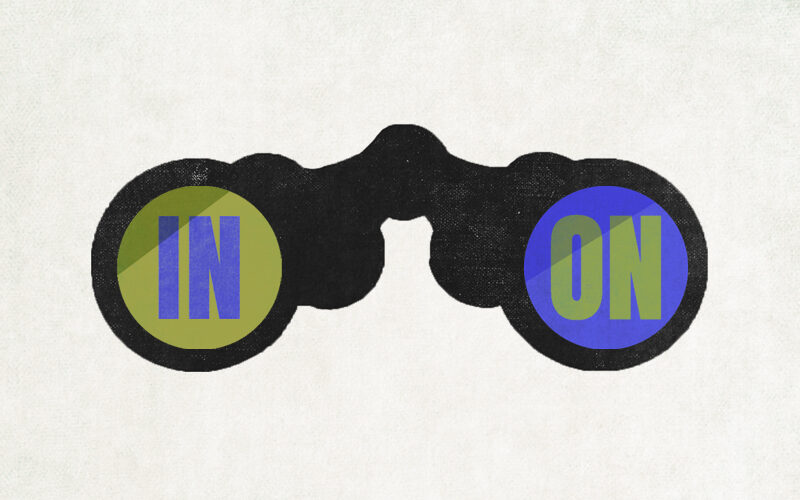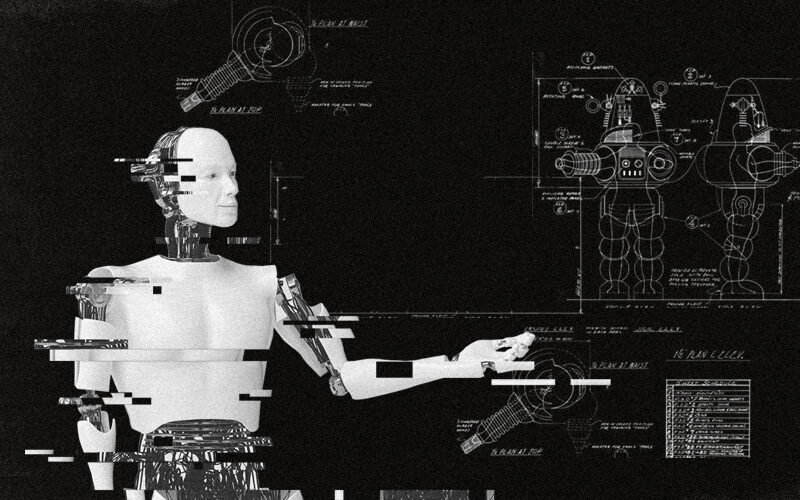Say what you want about the boomer generation – as employees, they’re the kind of people you want on your team.
Born between 1946 and 1964, this generation of Ol’ Reliables takes pride in their work ethic and job-for-life mindset. They love to joke that for all young peoples’ gadgets and remote work setups and rebellion against traditional workplaces, we’ll never cope when they all leave the workforce.
The worrying thing is, they might have a point.
The job market has possibly never been so fluid. In line with a much more Scandinavian view of working life, people are changing jobs year-on-year. Employees of companies who refused to shift to more flexible remote working have left in their droves.
Younger people are simply not seeing the point in the first place. Millennials have lived through too much to trust any kind of capitalist system. Even high-paying jobs don’t enable them to buy a house, and lucrative pensions seem to be a thing of the past. Gen Z has a different set of priorities entirely. They care much less about fast cars and material goods than their predecessors – instead valuing opportunities for time alone, with friends and family, and for memorable experiences.
Those key people (KPs) – the ancient company veterans everyone goes to for all the answers – are fast becoming a rare breed.
In the 80s and 90s, pioneering devs and dotcom moguls in their 20s and 30s started setting up their tech companies for world domination, and setting up themselves for extremely lucrative early retirements. The first of the baby boomers started retiring in the 2010s, and by 2030, 75 million of them will be out of the game.
As a business, losing these key staff members with years or decades worth of knowledge about how to keep your company running is a very difficult risk to mitigate. Unlike drops in sales, debt, or legal risk, you can’t plan for it. You can try to train up future KPs, but the likelihood of them leaving within a few years makes your investment a shaky one.
And the danger of losing one isn’t just inconvenience – it’s the disproportionate impact it can have on your company’s value.
How are new enterprises going to thrive without this loyal generation of employees-for-life?
Of course we have to mention COVID…
Perhaps soon we’ll see a day where business and finance articles can be written without any reference whatsoever to the pandemic. But today is not that day.
COVID presented a new and terrifying form of employee drain. Death, long illness, recurring problems caused by the virus, and most cynically speaking, the “I need to self-isolate” sick day excuse have had serious impacts on staff presence.
Long-term absenteeism leads to a requirement for lesser-trained cover staff, and over time, loss of knowledge and experience.
COVID has also rung in an era where remote working is no longer a bonus but an expectation. If you need bums on seats or just feel your company runs better with people in the office, tough – many will simply go elsewhere to a role that permits home working.
CEOs aren’t the only key people…
CEOs come in many forms – the maverick, the visionary, the preacher, the safe pair of hands. But they don’t come in many ages.
Announcing a C-suite departure often spells turmoil for stock market prices. But it can be managed with things like long notice periods, extended and highly involved handovers, and, obviously, the quality of the replacement.
And the effect is surprisingly long lasting. In 2017, companies with departing CEOs “underperformed the rest of the market by an average of 11% during the following 12 months — with 32% of them underperforming the rest of the market by more than 20%”.
Investors don’t like this kind of change, and are rocked by the implicit loss of institutional knowledge.
But most sensible companies have a game plan for the sudden loss of a CEO. There should be a relatively obvious successor waiting in the wings (or even being actively trained), or at the very least, a shortlist of potential candidates with salient experience.
But the CEO is not the only key person. The most valuable KPs are often the people who sit below the highest level and yet are in close contact with the day to day, quietly and swiftly managing relations and operations between both.
Very few companies have a game plan for this type of replacement. And often, they don’t realise they need it until these people are checked into their retirement complex on the Gold Coast.
… And they shouldn’t be
Much like the virus, we have to mention Facebook.
Zuckerberg has been dragged through the court of public opinion – and the actual courts – far too many times to maintain credibility. Facebook’s two-tiered share ownership structure gives Mark an almost dictator-like power. He has total control of voting rights, and the board of directors have minimal agency, having been personally chosen and appointed by Zuckerberg himself.
Gallingly, he himself admitted that he would have been fired if he wasn’t his own boss.
Despite the chants of “Facebook is dead” from young people in the Western world, the truth is it still has 2.91 billion users. It’s used by about a quarter of humanity. The extraordinary reach of its marketplace combined with the potential of the Metaverse should mean that it’s still a highly plausible organisation, and a good long term investment.
But at the time of writing, the share price is at sub USD $170 – down ~50% this year.
A less biased, less homogeneous board might have been able to steer things in a better direction. Revolutionary products like the Metaverse can only survive if they are perceived as cool, and let’s be honest, Zuck was probably not the best face for leading the charge.
If Zuckerberg were to be hit by a self-driving electric vehicle, there is probably not a person on earth who could replace him. Whether out of ego, shortsightedness, or paranoid fear of a coup, he simply hasn’t allowed any subordinates to get close enough.
The staff member who never leaves
Many organisations have onboarding materials – guides, employee handbooks, software – that are used every time a new person joins the company. They might be rarely updated, and used only once by new employees, but they do hold value in their suitability for repeated use.
Then there’s the ad hoc stuff. The presentations and printouts that are used for specific training events. Their purpose is to boost knowledge, bring change, and improve operations. These might be produced monthly or even weekly. And according to Canberra based startup reKnow, 70% of these materials are used only once.
reKnow is using AI to capture this wealth of organisational know how. Described as “the digital staff member who never leaves”, its mission is to address the gaping chasm of knowledge and skill created when KPs quit or retire.
It’s a possible solution for startups who will have to embrace high employee turnover as the new normal (and who are no stranger to advanced AI solutions for data management).
How to protect yourself against key person drain
Institutional knowledge cannot be replaced. But it can be built, stored, protected, and redistributed.
Modern businesses must:
Pay attention to the go-tos. They don’t have to be C-suite or even managerial level. They might be an administrator or warehouse worker. Low-level employees who have been with the business for 20 years might not know how to execute a merger, but they know the stock levels and delivery schedules that keep the building running. They know where to find decades-old archived documents. They might be IT staff with esoteric knowledge of your systems.
Hold training days led by these KPs. The problem with institutional information is that it’s vast, complex, and often very dry. People don’t learn by sitting through second-hand presentations or reading guides. They learn by being physically shown how to do things, and then repeating those tasks until they’re internalised. Training events should always be followed up with refresher sessions and one on one support.
De-silo your departments. For reasons time has forgotten, digital folders, documents, and software accounts are often only accessible to the teams or individuals they relate to. Logins are not shared and access often needs to be requested. There is rarely a need for this. All files and software should be open to all internal employees unless there’s an express privacy reason.
Build a knowledge bank. Software like Notion or Confluence can help you create a one-stop shop for company codes and processes. These should be fact-based, empirical, and simple as possible – not long prosaic guides that no one will be bothered to read or able to take in. You can then use these as a foundation to host presentations, hold Hangouts, or record video guides to go through the information with more colour. The only problem is this is a hugely time consuming task – AI software like reKnow is an option if you want this automated.











